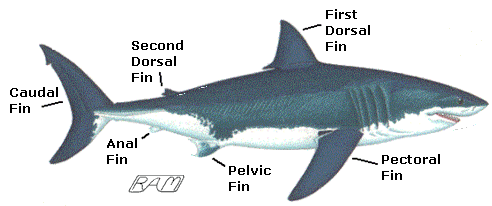The Piltdown hoax occurred in 1912 in
Piltdown, England, when amateur archaeologist Charles Dawson was digging in a
gravel pit. He then supposedly discovered a piece of ancient human skull. The
top of the skull looked like a modern human’s, but the jaw was very similar to
an apes. He then invited Arthur Woodward to Piltdown, and since Woodward was a
well-established and respected archaeologist, the finding was deemed
revolutionary to the theory of human evolution. The people of England were
enthusiastic and thrilled that their country too had ancient human fossils. It
supported the idea that many scientists believed that human evolution began
with the brain, and upright walking came later. We now know this is incorrect,
as upright walking came first, then the larger brain. For forty years the hoax
went undiscovered and scientists went on following this model of human evolution.
However, new skulls were then being found in Asia and Africa which appeared to
look more like apes, and less like humans. These fossils were much older than
the Piltdown findings, and this conflicted greatly with the timeline of human
evolution. Then, scientists began testing the fluorine content of fossils to
calculate their age. It was learned that the fossils Dawson found were not more
than 100,000 years old. Additionally, closer analysis showed intentional
staining of the fossils and filing down of the teeth to make them look more
human. The hoax setback our understanding of human evolution, but it also
taught scientists to test evidence more thoroughly.
Many human
faults came into play with the Piltdown hoax. The biggest issue was the egos
involved in the fake discovery. Regardless of who committed the falsification,
one of the men involved let their pride takeover and wanted to achieve success
without having to work for it. He wanted to receive notoriety for his discovery
so he could feel important in his field. Furthermore, nationality and
patriotism comes into play, since many people of England believed this
information at face value simply because they wanted their country to have
ancient human fossils like Asia, Africa, and other European countries.
Furthermore, at the time, these Piltdown fossils were thought to be the oldest
yet, once again inflating the pride of English scientists.
By
measuring the fluorine content of the fossils, scientists were able to
determine the approximate age of the ancient skulls. They could also see that a
steel knife was used to cut the remains, along with artificial staining. When they
examined the remains under a microscope, they could see scratch marks on the
teeth, indicating the teeth had been filed down.
I do not
think it is possible to remove the human factor from science. We can take as
many steps as possible to reduce its presence in science, but it can never be wholly
eliminated. We are human beings with flaws and emotions, and we can never be
completely objective. However, I do not always think this is a bad thing
because it can lead to improvements in evidence testing (as it did with the
Piltdown hoax), and it leads to new innovations and opinions every day in
science.
In all
aspects of life, but especially when it comes to scientific information, I think
it is extremely important to research and test evidence in order to verify its
validity. If we simply accept what is told to us without questioning it, then we
will miss out on the truth of many situations. We need to question and doubt in
order to learn new ideas.









